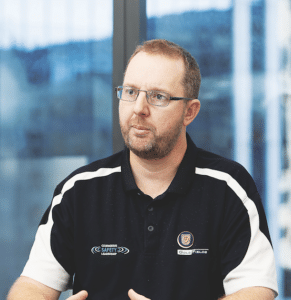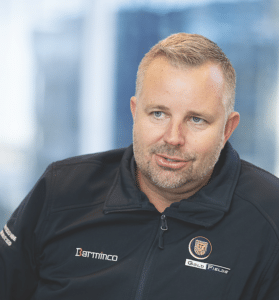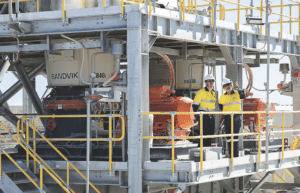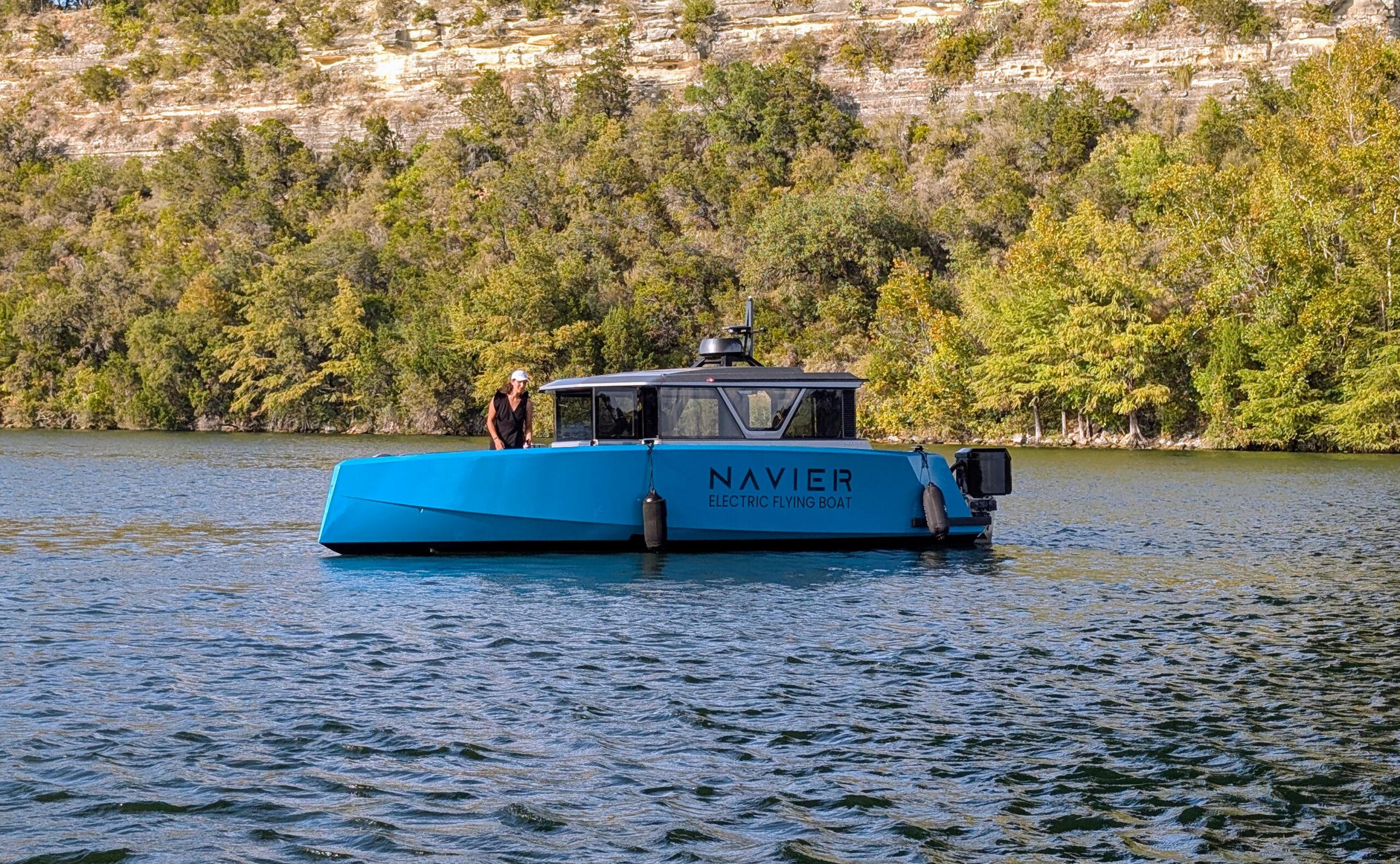A new Sandvik crushing and screening plant at Gold Fields’ Agnew gold mine in WA is delivering greater efficiency, throughput and operational safety.
Gold Fields Limited is one of the world’s largest gold mining companies with nine operating mines, located in Australia, South Africa, Ghana, Peru and Chile.
The Agnew gold mine is one of four Australian gold mines operated by Gold Fields. The site is situated approximately 375km north of Kalgoorlie and has a long history of gold production dating back to the late 1970s.
The mine is best known for its underground operations, primarily targeting the Agnew and Lawler gold deposits. Ore is extracted using a combination of underground and surface mining and is then processed on-site.
Around 2018, with the mine expanding into a third underground source, there was a need to increase plant throughput. The 21-year-old tertiary crushing circuit, which was suffering from poor reliability, was unable to meet the demand.
Gold Fields metallurgy manager Reg Radford is the company’s technical expert in the field of processing metallurgy. He works with process managers across all Gold Fields sites in Australia to assist in optimising operations.

Image: Sandvik
Radford could see that the crushing and screening circuit was not in keeping with the company’s broader standards.
“It was working to its limits, and if you compared it to other Gold Fields sites, it was not to the standard that would be accepted elsewhere,” he said. “It didn’t meet our criterion for a well-organised, safe, professional gold processing operation.
“The equipment was old, and there was little or no spare parts availability. From a metallurgical perspective, it was being pushed to its limits to deliver the tonnage required. At best it was giving us an 8–10mm output, which was putting pressure on the downstream grinding circuit.”
The age and complexity of the existing plant also meant that access for operation and maintenance was difficult, presenting potential safety concerns.
Seeking a complete solution
The existing crushers were reaching end-of-life, and rather than just replacing them, it was decided to build an entirely new crushing and screening circuit.
To do this, and address various other concerns regarding the existing plant, a comprehensive upgrade project, known as the Agnew Stage 1 upgrade, was conceived.
The initiative examined bespoke and modular designs that could replace the existing plant. The project aimed to improve site water drainage and dust management (by installing a fine ore bin) while minimising disruptions during construction and commissioning.
Gold Fields manager – processing Tristan Freemantle was appointed as project director for the upgrade at Agnew. A veteran of the gold and copper industry, Freemantle originally worked for Barrick Gold and then transferred to Gold Fields around 12 years ago.

Image: Sandvik
Since then, he has worked across several of Gold Fields’ Australian sites and is currently based at Gruyere, a joint venture project with Gold Road Resources in the Yilgarn area of WA.
“Agnew’s mine life had been extended for a further eight years, so upgrading the crushing and screening circuit was important to increase our processing capabilities: we needed to be in a position to process more ore from the new third mine coming online,” Freemantle said.
Gold Fields has enjoyed a longstanding relationship with Sandvik, with the company having Sandvik crushers installed at both their St Ives and Granny Smith operations. After considering a bespoke solution, the Gold Fields team chose to go with a Sandvik modular plant.
“We needed a circuit that was simple, low maintenance and reliable, but also wanted the best crushers and screens that we could get,” Freemantle said.
“Sandvik showed a willingness to work with us within our parameters. Initially, it was just the crushers and screens, but in the end, they presented a complete plant design, which was modular and comparable with the bespoke designs we were considering.
“Sandvik was also able to accommodate our desire to manage our own electrical and process control design.”
A key to the successful implementation was Sandvik’s expertise in crushing and modular plant design combined with the screening know-how of Schenck Process.
The scope of supply included a Sandvik reciprocating plate feeder, grizzly screen, jaw crusher, and two cone crushers, as well as a Schenck Process double-deck banana screen fitted with Screenex screening media. Sandvik also provided bins, chute work, associated wear protection, and conveyors.

Image: Sandvik
The innovative plant design eliminated the need for two screening stations and associated conveyors when compared with other proposed designs.
“Having a single vendor was an advantage,” Radford said. “Sandvik’s initial designs and 3D models were quite detailed and comprehensive, which was encouraging. It gave us confidence in the circuit because we knew exactly how the proposed layout would interact with the existing plant.”
Changeover challenges
A significant challenge for the project team was that Gold Fields needed the new plant to be installed in parallel with the old one so that, ideally, there would be zero downtime.
“Agnew can’t afford to be down for two or three weeks,” Radford said. “The mill is pushed to its limits, so it has little ability to catch up.
“Solving this problem – where we could build the new circuit and how to tie it in – was a good part of the success story. Commissioning on-time and within budget, with limited downtime, was a very important part of the brief.”
To accommodate this requirement, the team decided to move the run-of-mine (ROM) pad and build the new circuit on the site of the old ROM pad. While this achieved the brief of zero downtime, it introduced a new challenge.
The geology of the ROM pad was untested, and some contractors argued that a substantial concrete foundation would be required to support the crushing and screening plant, greatly increasing both the build time and cost.
In the end, working with Gold Fields geotech consultants, Sandvik’s design team resolved this problem by delivering a support structure for the new circuit that was strong and rigid enough to reduce the concrete foundations required.
This feature appeared in the February 2025 issue of Australian Mining.



